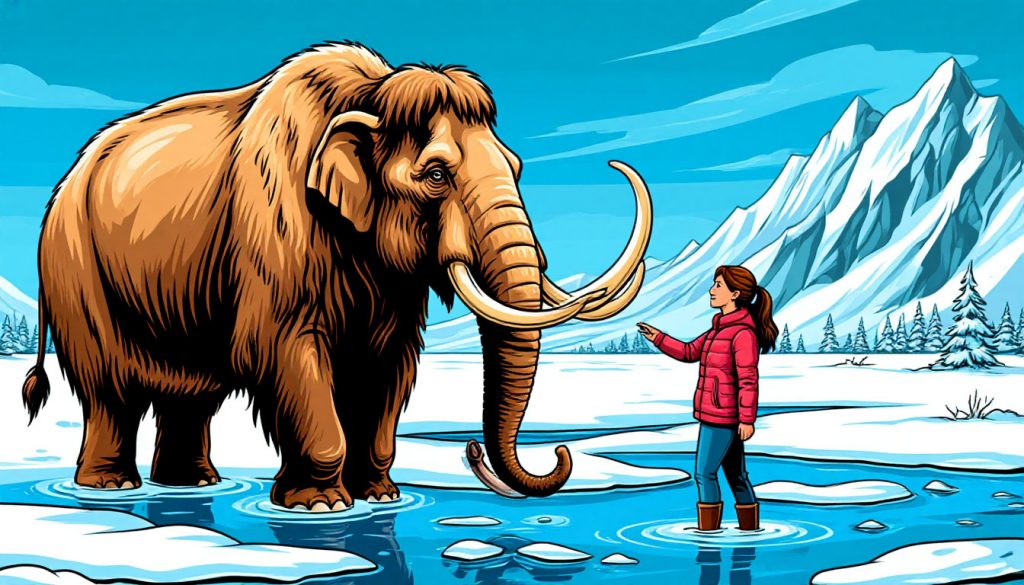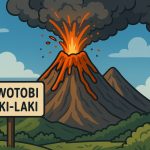An ice age, or glacial period, is a long-lasting climate event during which global temperatures drop significantly, causing large portions of the Earth to be covered by ice sheets and glaciers. These natural cycles have occurred multiple times throughout Earth’s history and have shaped the planet’s surface, ecosystems, and even human evolution.
What Happens During an Ice Age?
During an ice age:
- Global temperatures fall, especially in polar and temperate regions.
- Glaciers expand, covering continents with thick ice sheets.
- Sea levels drop, as more water becomes trapped in ice.
- Weather patterns change, resulting in drier conditions in some regions.
- Ecosystems shift, with many species migrating, adapting, or going extinct.
Ice ages typically last tens of thousands to millions of years and include colder glacial periods (with advancing ice) and warmer interglacial periods (with retreating ice), like the one we are living in today.
What Causes Ice Ages?
Ice ages are driven by a combination of astronomical, atmospheric, and geological factors:
- Milankovitch Cycles: Variations in Earth’s orbit, tilt, and wobble change how much solar energy reaches the planet.
- Greenhouse gas levels: Lower concentrations of CO₂ and methane cool the planet.
- Ocean circulation: Shifts in ocean currents can trap heat or cool the atmosphere.
- Tectonic activity: Movement of continents can block warm ocean currents or create new mountain ranges that affect air flow.
These factors interact over long timescales, gradually cooling the climate until ice sheets can grow.
When Did Ice Ages Occur?
Earth has gone through at least five major ice ages:
- The most recent began 2.6 million years ago and is still ongoing — it’s called the Quaternary Ice Age.
- Within this ice age, we are currently in a warm interglacial phase called the Holocene, which began about 11,700 years ago.
At the peak of the last glacial period (around 20,000 years ago), ice sheets covered much of North America, Europe, and Asia. As they melted, they carved out valleys, formed lakes, and left behind rich soils.
Ice Ages and Life on Earth
Ice ages have greatly influenced the evolution and movement of life:
- Species adapted to cold (like mammoths and saber-toothed cats) thrived, while others vanished.
- Human migration patterns were affected by exposed land bridges (e.g., between Asia and North America).
- Glacial cycles shaped landscapes through erosion, deposition, and the formation of lakes and mountains.
Modern ecosystems in northern regions — including tundra, boreal forests, and glacial lakes — are remnants of past ice ages.
Could Another Ice Age Happen?
Yes — but not soon. Natural climate cycles suggest that another glacial period might occur in tens of thousands of years, but current human-caused global warming is delaying this process. The burning of fossil fuels has increased greenhouse gases, warming the planet and potentially overriding natural cooling trends.
Glossary
- Ice Age — A period of long-term cooling when large ice sheets cover much of Earth.
- Glacial period — A cold phase within an ice age when glaciers expand.
- Interglacial period — A warmer phase within an ice age, like the current Holocene.
- Milankovitch Cycles — Cyclical changes in Earth’s orbit that affect climate over tens of thousands of years.


